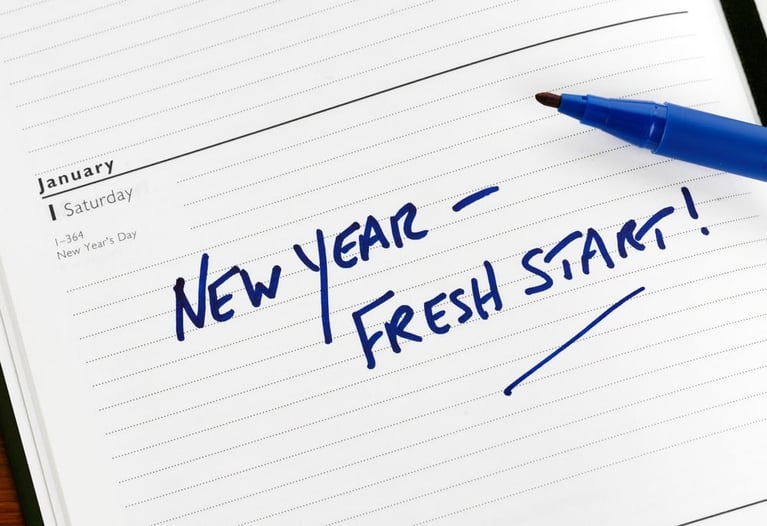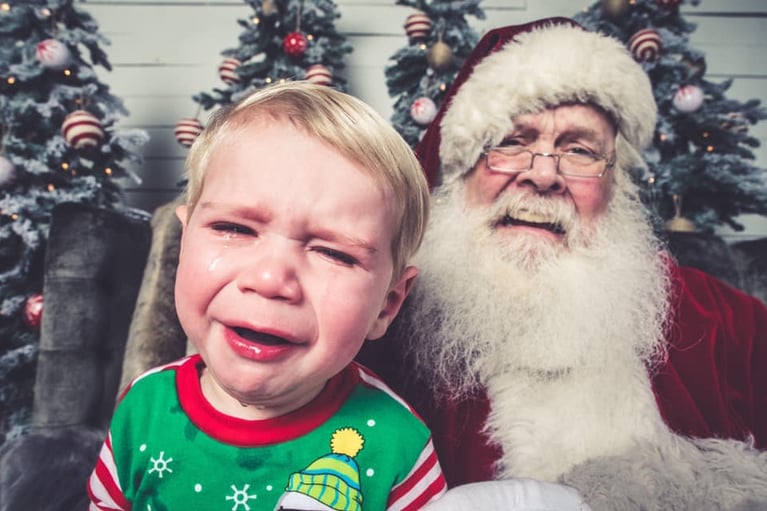A few weeks ago, I shared a piece titled, How Much is a “Like” Worth? Whether you blog, vlog, or share someone else’s, checking all those looks, likes, and shares is part of the game. The pull of social media addiction isn’t all in our heads. It’s quite real, thanks to
dopamine and oxytocin: two neurotransmitters that make us feel good.
So, riddle me this: If a single click of the mouse by a complete stranger can have such an impact on the brain, what happens when you experience a real connection? (Hint: It’s a lot like a high.)
Every positive interaction on social media activates the reward center in the brain and gives us a little boost of dopamine. It feels good and so we keep coming back for more. When we connect with others, the brain produces a hormone called oxytocin. It’s often called the cuddle drug or the love hormone because the strongest surges are produced during breastfeeding and sex. But, we generate it when we feel a sense of belonging or connection. And, the brain has a hard time differentiating between a face-to-face connection and an online connection.
When we share content that people like and share and comment on, we get a healthy dose of those good chemicals. But, we also gain social currency. Overwhelmingly, people feel better about themselves when others react positively to what they post on social media. Conversely, when people don’t acknowledge us online, our social currency goes down along with our self-image.
When people see and hear me, I know I’m important.
When people don’t see and hear me, I know I’m insignificant.
While technology and social media enables us to interact with people, enhance communication and personal connections, it also provides just as many opportunities for rejection and ostracism as it does for connection. Blocking, unfriending, muting, unfollowing, and ghosting all make disconnecting and terminating relationships quick and easy. Unfortunately, not painless. While it may seem hypersensitive and dramatic to classify these behaviors as hurtful, it’s the way we are wired to experience social rejection.
The same areas in our brains are activated when we experience social rejection as when we experience physical pain. That’s why we feel hurt when only 5 people like that selfie or our closest colleagues don’t retweet that LinkedIn article. It’s why ghosting is considered a form of emotional cruelty.
The irony of social media lies in the illusion of connection. We look to technology to engage with others and that same technology makes it easier to disengage and protect ourselves from human to human interaction. Never before have we had more opportunity for social interaction. Perhaps it’s time to redefine what engagement really means.








